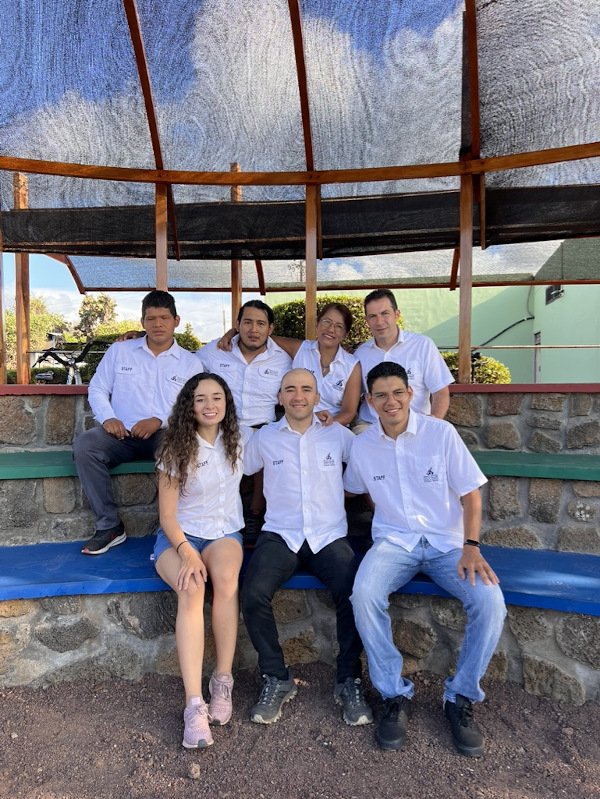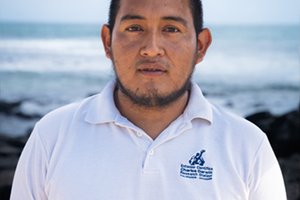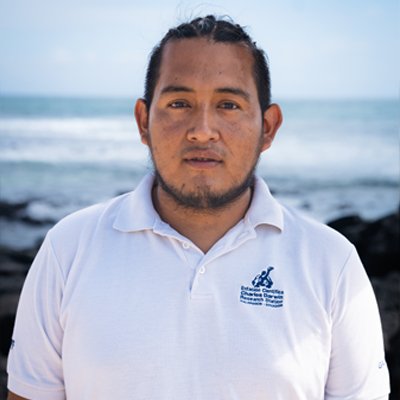One of my biggest dreams has always been to be part of an initiative that contributes to the conservation of the Galapagos Islands. I had the opportunity to make this dream come true when I found the Galapagos Verde 2050 Program. This is a program implemented by the Charles Darwin Foundation (CDF) in conjunction with the Galapagos National Park Directorate (GNPD), focused on the recovery of native and endemic species in urban, rural, and protected areas of the Galapagos National Park. I am a Galapagos native, born and raised on Santa Cruz Island.
Since I was a child, I loved living surrounded by the diverse and unique flora and fauna that these islands have. So, I knew I had to do something to contribute to the conservation of my home. I had the opportunity to volunteer in the GV2050 program, where I got to see up close the activities carried out by each member of the program while I was involved in activities such as seed extraction and classification, maintenance of ecological gardens, or plantations in natural areas.

A few weeks later, I received great news, they wanted me to be part of the staff as a field assistant. My job would involve coordinating the logistics for field trips, carrying materials, and keeping camping equipment clean. The latter was to prevent accidentally transporting insects or seeds to other islands where they could become invasive. I really enjoyed the work we did, and every day we spent on an expedition, we observed new things. But I was curious, what do they do with the data obtained in the field? Why do we plant following an experimental design? I always wondered when we went on trips. My then companion, Luka Negoita, explained to me, " We place plants following an experimental design to identify the most effective planting methods, and then replicate those methods in a larger scale. All the data obtained in the field is analyzed and compared to select the best results." I was impressed by everything that this research program carries out.
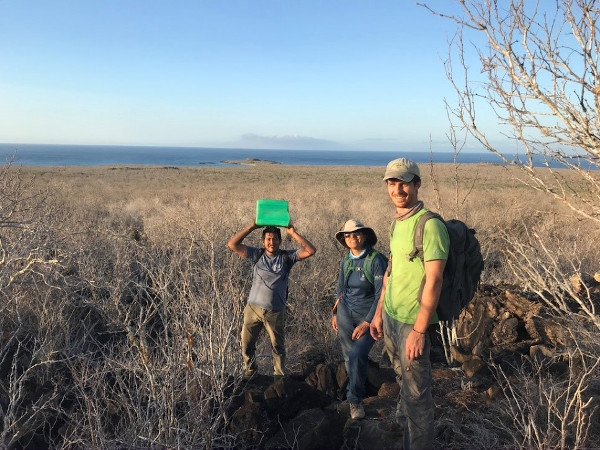
From there, I knew how I could contribute to the recovery of the flora and fauna of the Galapagos, and I began to prepare myself a lot, not only with field and office work but also by resuming my high school studies, and in 2020, I managed to finish them while working and studying at the same time. The first few months were a bit difficult, as I didn't have internet access to attend my virtual classes, so I decided to stay in the office every day after finishing my work schedule. I always had the support of our program leader, Patricia Jaramillo Díaz, who understood when I had classes or when I was unable to go on an expedition, she would say, "Your studies come first, Paul!".
After four years as a field assistant, I was given the opportunity to be promoted to a technical assistant with bigger responsibilities. Now I work more closely with institutions such as the Galapagos National Park (GNP) and the Galapagos Biosecurity Agency (ABG), issuing travel permits when we go on expeditions to other islands and permits for the transportation of samples from one island to another. I am very happy doing what I am most passionate about, recovering endangered species and educating the community about the value of native and endemic plant species. That's why I now know how important it is to study and receive knowledge from others in the field of ecological restoration and conservation. Currently, I am continuing my university studies in Data Systems and Management, with the goal of developing data visualization tools in the future that can present information in an attractive and understandable way to the general public. This way, I could help raise awareness in the community about the importance of caring for our ecosystems.
I am aware that I will not live long enough to see many of the plant species I have planted, such as the Opuntia (tree cactus), reach adulthood, as their development takes a long time (they grow 2 cm per year). But right now, I can see many trees starting to grow and bear their first fruits in the ecosystem. I know that every day I leave a big footprint on my islands, and that future generations will follow in my footsteps or even improve their efforts to conserve the Archipelago. From all this experience with the GV2050 program, I am satisfied to be able to contribute to the recovery of our Galapagos islands. I am happy to know that my son will grow up surrounded by a natural environment. Moreover, it would fill me with happiness if he could one day see the adult plants that his father has planted. What could be better than him following in the same footsteps to conserve our beautiful home?
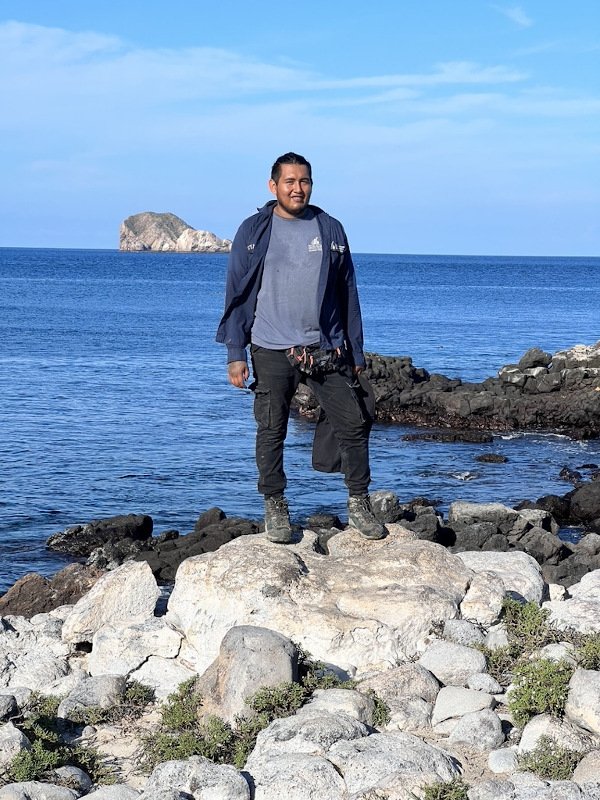
I am grateful to all the people and institutions of the Galapagos Verde 2050 Program: the Charles Darwin Foundation, the Galapagos National Park Directorate, my family and friends for their unconditional support during this time.
